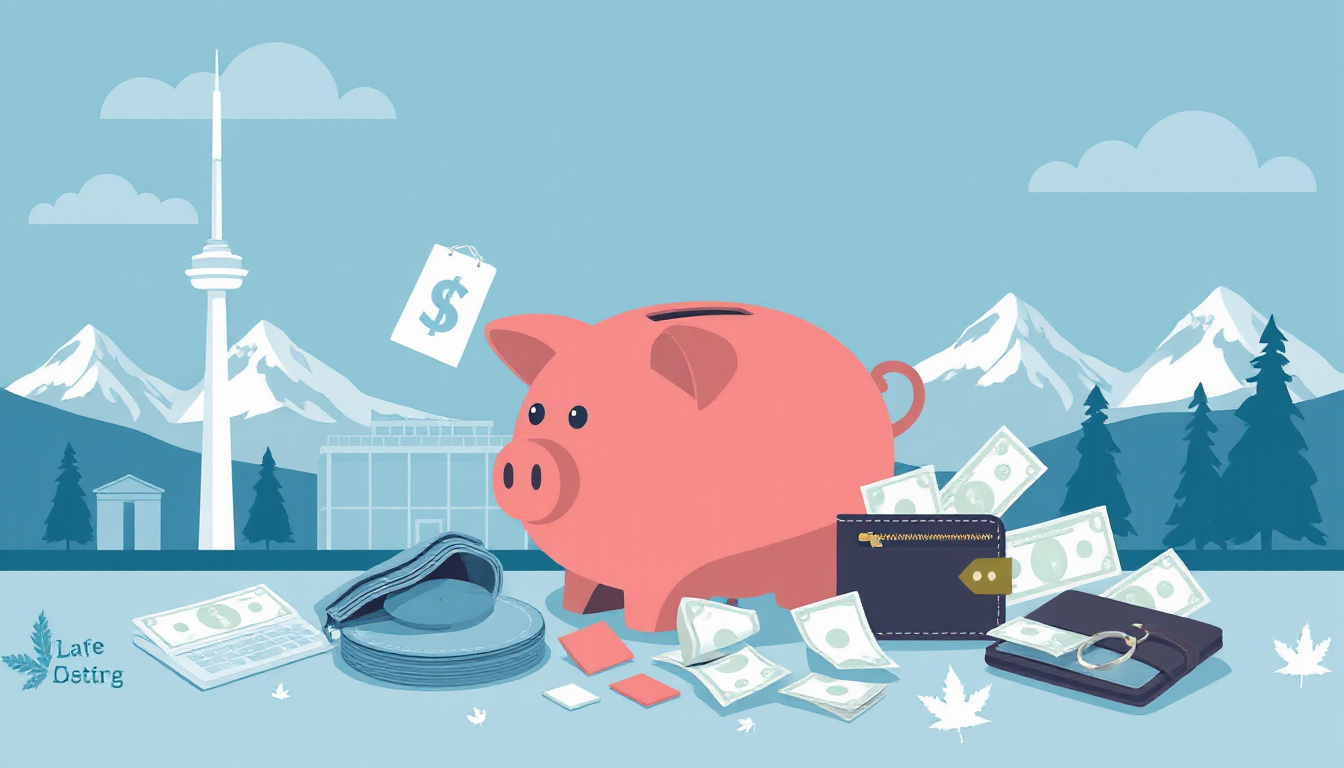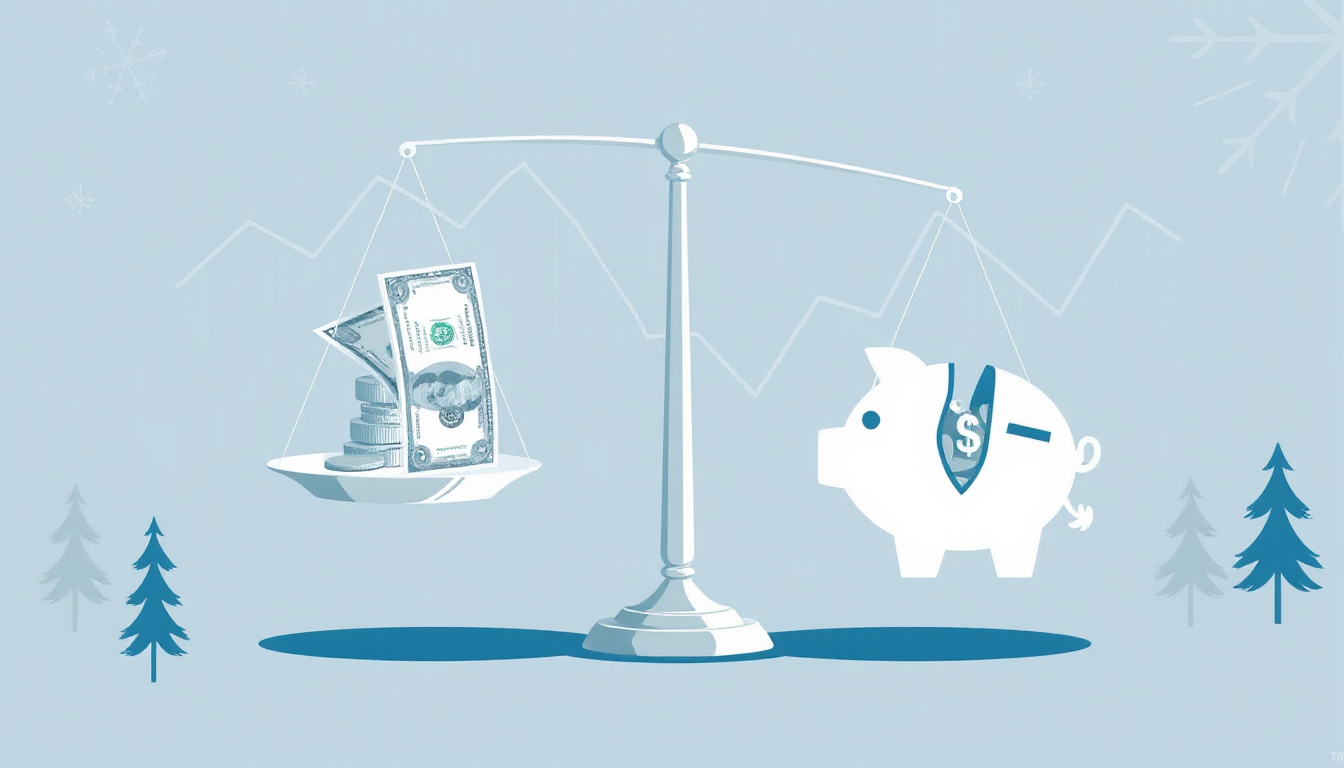Exploring the Top Reasons for Personal Bankruptcy in Canada: What You Need to Know
In Canada, approximately 130,000 individuals file for personal bankruptcy each year, highlighting the increasing financial strain on many households. Understanding the top reasons for personal bankruptcy in Canada is essential for those seeking to avoid financial pitfalls. Common causes include job loss, medical expenses, and overspending, often exacerbated by economic factors like rising interest rates. In this article, we will explore these key reasons and provide insights into preventative measures and resources available to Canadians.

Key Takeaways
- Personal bankruptcy in Canada is a legal process that provides relief from unmanageable debt.
- Common causes of personal bankruptcy include high medical expenses, job loss, and poor financial management.
- Economic factors such as recession and unemployment rates significantly influence the rate of personal bankruptcies in Canada.
- Preventative measures, like budgeting and financial counseling, can help individuals avoid bankruptcy.
- Resources are available for those seeking to learn about personal finance and debt management to reduce the risk of bankruptcy.
Understanding Personal Bankruptcy: Definition and Process
As of 2023, approximately 38% of personal bankruptcy filings in Canada are attributed to job loss, making it the top reason for personal bankruptcy in Canada. This alarming statistic underscores the vulnerability residents face in an unpredictable job market, as economic downturns can swiftly lead to financial instability. Other significant reasons include mounting debt from credit cards and loans (34%), unexpected medical expenses (16%), and divorce or separation (12%), according to data from the Office of the Superintendent of Bankruptcy Canada. Understanding these top reasons can help individuals take proactive measures to manage their financial well-being and avoid the drastic step of declaring bankruptcy.
Common Causes of Personal Bankruptcy in Canada
In Canada, the top reasons for personal bankruptcy include job loss, unexpected medical expenses, and excessive credit card debt. According to the Office of the Superintendent of Bankruptcy Canada, approximately 38% of bankruptcies are attributed to job loss and the inability to find adequate employment. Meanwhile, around 28% of individuals cite medical expenses that were not covered by insurance as a primary factor in their financial downfall. In addition, over 25% of bankruptcies result from the burden of high-interest credit card debt that spirals out of control. Understanding these common causes is crucial for individuals and policymakers alike, as it highlights the vulnerabilities faced by many Canadians when unexpected financial challenges arise.
‘It’s not whether you get knocked down, it’s whether you get up.’ – Vince Lombardi

The Role of Economic Factors in Personal Bankruptcy
In Canada, approximately 40% of personal bankruptcies in 2023 can be attributed to overwhelming debt resulting from job loss or underemployment, making it the top reason for personal bankruptcies in the country. According to the Office of the Superintendent of Bankruptcy Canada, this economic factor has increasingly influenced individuals’ financial stability, particularly in the wake of the pandemic, which disrupted many livelihoods. Other significant reasons include medical expenses (30%), relationship breakdowns (20%), and irresponsible borrowing (10%). Notably, these statistics underscore how volatile economic conditions and personal financial management can lead to unavoidable bankruptcy, highlighting the importance of financial education and proactive debt relief solutions. For more insights and help regarding debt management, consider reliable resources offered by organizations such as Credit Canada.
Preventative Measures and Resources to Avoid Bankruptcy
In Canada, the top reasons for personal bankruptcy reflect a troubling reality for many households. As of 2023, approximately 60% of Canadian bankruptcies are attributed to uncontrolled spending and inadequate savings, highlighting a critical need for financial literacy and management. Alongside that, 27% can be traced back to unexpected medical expenses, emphasizing the financial strain of healthcare costs despite the universal coverage system. Moreover, job loss or reduction in income accounts for about 13% of bankruptcies, pointing to the vulnerabilities in the labor market. To combat these issues, individuals are encouraged to seek resources such as credit counseling services and financial planning workshops that offer strategies for budgeting and debt management. According to the Canadian Institute of Chartered Accountants, investing in preventative financial education can significantly decrease the likelihood of facing bankruptcy.
